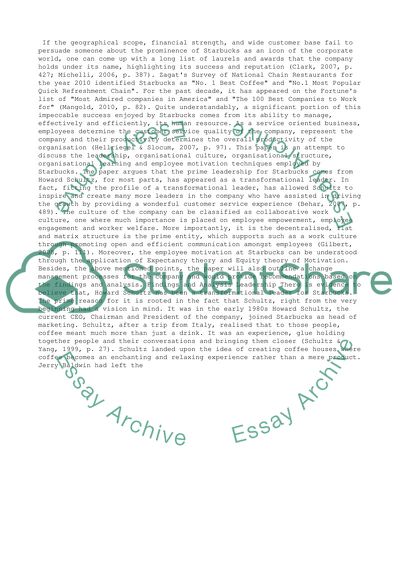Cite this document
(“Managing People Essay Example | Topics and Well Written Essays - 3500 words”, n.d.)
Retrieved from https://studentshare.org/management/1398513-managing-people
Retrieved from https://studentshare.org/management/1398513-managing-people
(Managing People Essay Example | Topics and Well Written Essays - 3500 Words)
https://studentshare.org/management/1398513-managing-people.
https://studentshare.org/management/1398513-managing-people.
“Managing People Essay Example | Topics and Well Written Essays - 3500 Words”, n.d. https://studentshare.org/management/1398513-managing-people.


